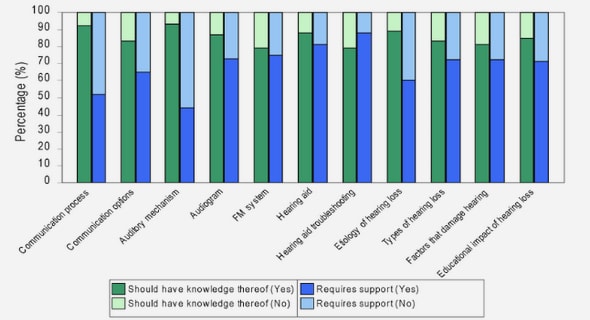(Downloads - 0)
For more info about our services contact : help@bestpfe.com
Table of contents
Overall framework: environmental impacts of alternative cropping systems
1.1 General context
1.2 Alternative cropping systems – definition
Alternative practices and ecosystem services
1.3 Carbon and nitrogen cycles in agro-ecosystems
Soil organic matter turnover in agro-ecosystems
1.3.2.1 Soil organic matter compartments
1.3.2.2 Soil organic matter decomposition
1.4 Carbon and nitrogen impacts of cropping systems on the long term
1.5 How do alternative cropping systems impact C and N cycles?
Crop fertilization
Reduced tillage
1.6 Research questions and purposes of the thesis
1.7 Organisation of the document
1.8 Experiments
1.9 Methodological approach
Alternative arable cropping systems: a key to increase soil organic carbon storage? Results from a 16 year field experiment
2.1 Introduction
2.2 Materials and methods
Cropping systems
Crop yields and residue biomass
Soil sampling and analysis
Calculations of soil mass and SOC stock
Statistical analysis
Simulation of SOC stocks evolution
2.2.7.1 AMG model
2.2.7.2 Modelling steps
2.3 Results
Bulk densities
SOC concentrations in 1998 and 2014
cPOM concentration in 2014
SOC stocks in 1998 and 2014
Simulating the evolution of SOC stocks in the old ploughed layer
Simulation of SOC evolution in block 1 and elementary layers of block 2
2.4 Discussion
SOC storage in relation with cropping systems
SOC distribution over the old ploughed layer in CA
Simulation of SOC storage
2.5 Conclusion
2.6 Acknowledgements
Similar mineralization rates of soil organic carbon and nitrogen in different alternative arable cropping systems
3.1 Introduction
3.2 Materials and methods
Cropping systems
Soil sampling and analysis
Incubations
C, N and microbial biomass
C and N mineralization measurements
Simulation of C and N mineralization kinetics
Statistical analysis
3.3 Results
Mineralization of C and N in disturbed soils
Mineralization of C and N in undisturbed soils
3.4 Discussion
Effect of cropping system on mineralization rates
3.5 Conclusion
3.6 Acknowledgements
Can alternative cropping systems mitigate nitrogen losses and improve GHG balance? Results from a 19-yr experiment in Northern France
4.1 Introduction
4.2 Material and methods
Cropping systems and management
Measurements
4.2.3.1 Crop yields and N uptake
4.2.3.2 Soil water and mineral N contents
4.2.3.3 SOC and SON stocks
4.2.3.4 N2O emissions
4.2.4.1 Biological N fixation
4.2.4.2 N surplus
4.2.4.3 N leaching
4.2.4.4 Gaseous N losses
4.2.4.5 GHG balance
4.3 Results
Annual N surplus
SON storage
N leaching
N surplus and gaseous N losses
N2O emissions
Global GHG balance
4.4 Discussion
N surplus, an ambiguous indicator
SON storage
N leaching
Gaseous N emissions
The GHG balance, and ultimate environmental indicator
4.5 Conclusion
4.6 Acknowledgements
Long term modelling of crop production and nitrogen fate in organic cropping systems
5.1 Introduction
5.2 Material and methods
Climate and soil characteristics
STICS model improvement
Experimental data used for modelling
Simulation strategy
Model assessment
Statistical analysis
5.3 Results
Evaluation of STICS for soil water and mineral N
Organic C and N balances
N surplus
Nitrogen fate
N mineralization
5.4 Discussion
Simulation of soil N surplus
Drivers of N leaching in organic systems
Gaseous N losses affected by the fertilization
Long term evolution of soil organic N pools
5.5 Conclusion
5.6 Acknowledgements
General conclusions and perspectives
6.1 Main results and achievements
Reducing nitrogen losses in alternative cropping systems
The greenhouse gas balance: an absolute indicator
6.2 Interest and drawbacks of the methodological approach
6.3 Perspectives and advices
Modelling environmental impacts: research perspectives
Which alternative cropping systems for the least environmental impacts?
Which advices for policies maker?



